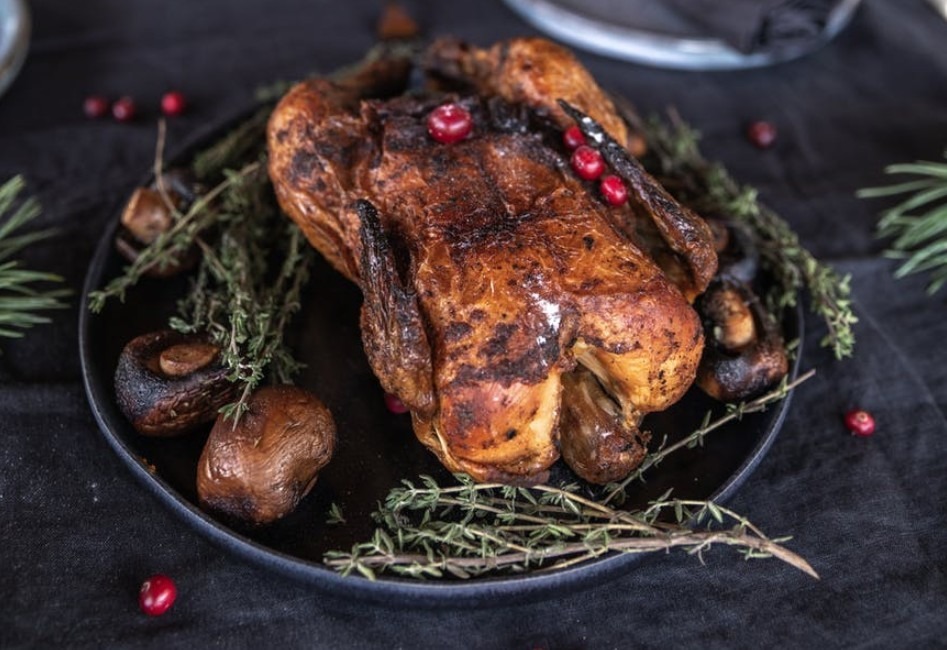In today’s time, there are a dozen kinds of food available in the market with different ways of cooking them. When you see beef today, you can think of several ways how to cook your beef, which is entirely different from a century ago. This is because of the market globalization that the entire world is experiencing right now. Where the culture and knowledge from one country are easily shared and experienced by many countries today. But, for now, let us go back one century ago to see the kind of foods that were popular during the steamboat era.
The Steamboat era originated in France, where the earliest steamboat was designed and built by a French inventor, Denis Papin, in 1705, which is almost the same for the history of jelly. However, the use of steamboats only became popular by the early 1800s after eliminating common failures in using steam engines and successfully sail at different bodies of water in France, Scotland, Britain, and the United States. Then its usage gradually ended when railroad networks started to gain popularity in different countries because of their larger capacity to carry passengers and faster travel from one station into another.
So for the steamboat era, you would be looking from the start of the 19th century up to its later years. And the popular foods back then may come to your mind as not as popular as today, but it’s still the food that was once considered a special and important meal of the day.
Roasted Red Meats
Roasting is the most popular way to cook a special meal back in the 19th century. It doesn’t matter if it is pork, mutton, beef, or a giant turkey; as long as you roast them, you can always make them special. Roasted meats are served as the main course of any meal, and they are usually popular during holidays and special events.
Rabbit Stew
Rabbit stew was once a favorite delicacy during the steamboat era. They are usually served during dinner with the family. Although rabbits today are treated as house pets in some countries, they are once an important ingredient of popular cuisine. The serving of rabbit stew gradually declines by the middle of the 1900s when people started to take rabbits as pets.
Plum Puddings
This is considered a favorite dessert back in the day. Dried fruits are mixed with the batter to be steamed or boiled to produce this delicious delight. They are served during the holidays and, of course, Christmas day, where these tasty snacks are always present at every family dining table.
Mince Pie
Mince pies are most popular in Europe as part of their breakfast meals. Kids and even adults always enjoy this delicacy that typically consists of meats, fruits, and spices. These are usually baked in an oven and served as common breakfast or dinner meals in British houses.
Oysters
This seafood is already popular back in the 19th century, where people eat them baked or even raw. Oysters are always served mostly in restaurants during special events or even the holidays during the steamboat era. And even today, this delicious meal is still enjoyed by many people around the world.
Broiled Fish
Another favorite appetizer during the 19th century is a broiled fish. Whether it is tuna or salmon, as long as you broiled them, the fish meal will surely become special. They are served as appetizers in large meals with the main course. On the other hand, they can also be served in light dinner meals.
Chilled Champagne
An important beverage during the steamboat era is champagne served chilled. This is very popular among the ladies, especially in large events, holidays, or special dinners. But, no matter what’s the occasion, a glass of chilled champagne can always make any meal complete and special. Even today, chilled champagne is still used in some countries, especially when commemorating important events. And it was used in different countries, more particularly in European countries and North American countries.
Although chilled champagne’s popularity gradually declined during the 20th century because of the gain of the popularity of other kinds of wine and beverages such as soft drinks and colas, it is still being used in some countries.

